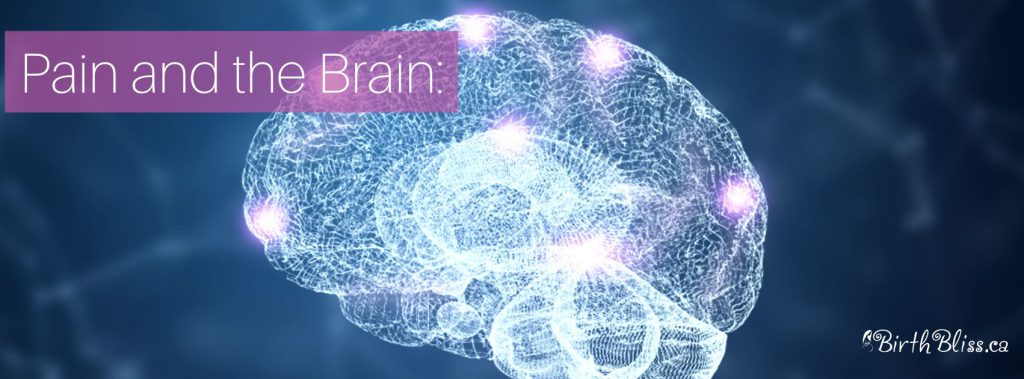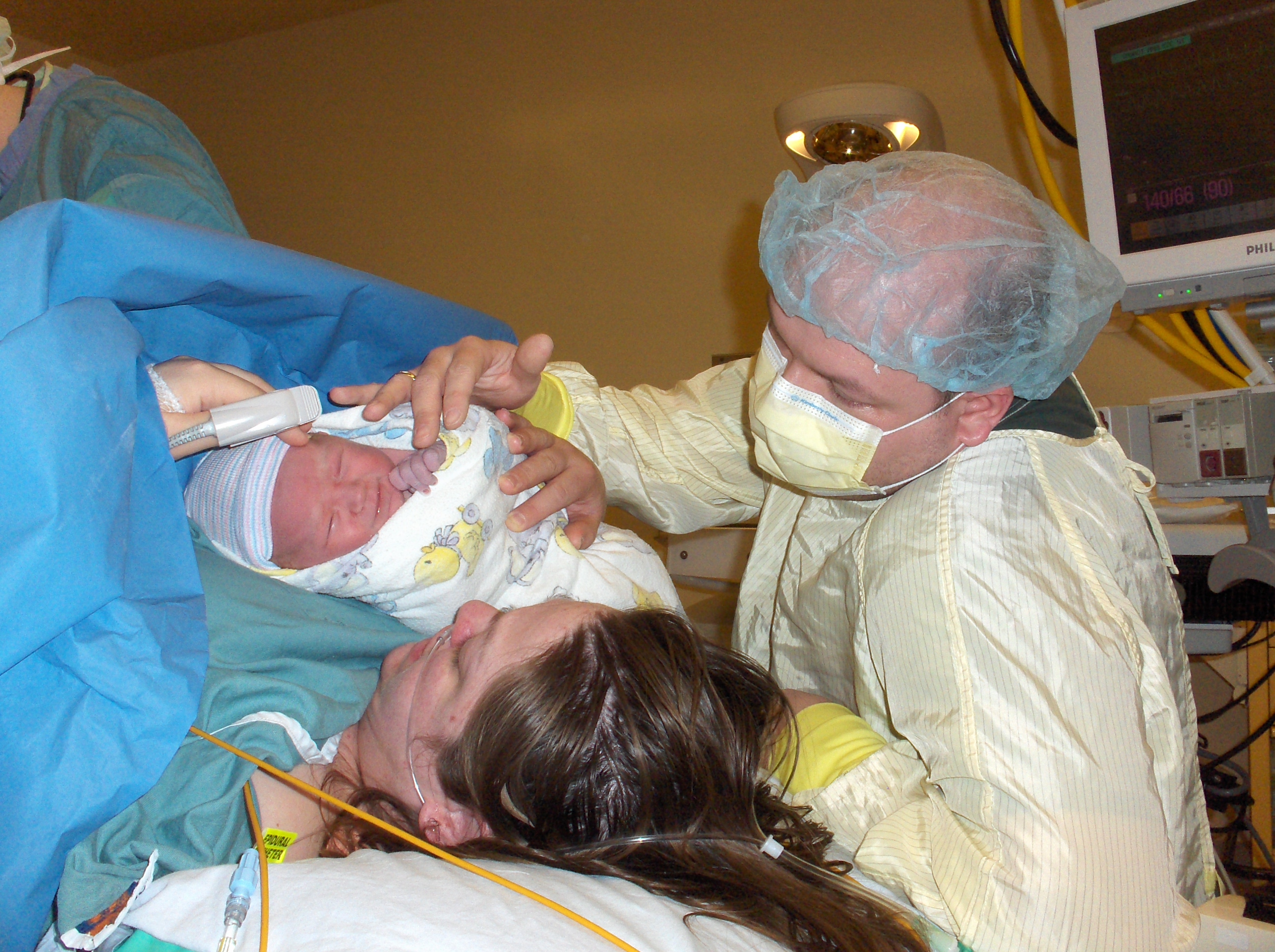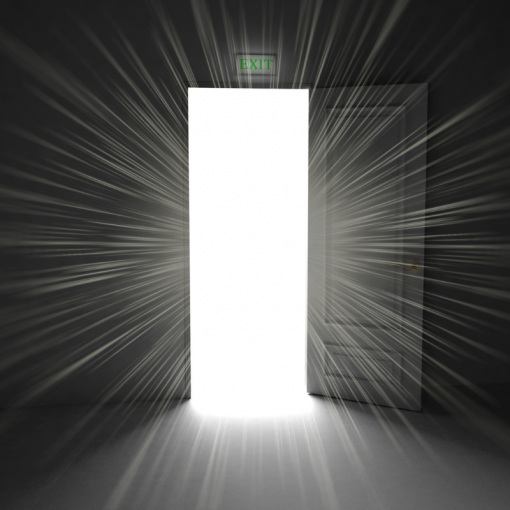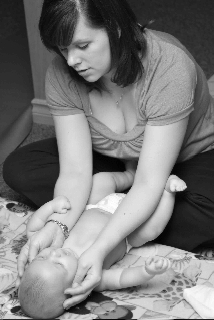
I am reading “The Brain That Changes Itself” and thought this bit is very relevant to the work we do. I know it is long, but very interesting I thought.
“According to Ramachandran, pain like the body image is created by the brain and projected onto the body. This assertion is contrary to common sense and the traditional neurological view of pain that says that when we are hurt, our pain receptors send a one-way signal to the brain’s pain centre and that the intensity of pain perceived is proportional to the seriousness of the injury. We assume that pain always files an accurate damage report. This traditional view dates back to the philosopher Descartes, who saw the brain as a passive recipient of pain. But that view was overturned in 1965 when neuroscientists Ronal Melzack (a Canadian who studied phantom limbs and pain) and Patrick Wall (an Englishman who studied pain and plasticity) wrote the most important article in the history of pain. Wall and Melzack’s theory asserted that the pain system is spread throughout the brain and spinal cord, and far from being a passive recipient of pain, the brain always controls the pain signals we feel.
Their “gate control theory of pain” proposed a series of controls, or “gates” between the site of injury and the brain. When pain messages are sent from damaged tissue through the nervous system, they pass through several “gates”, starting in the spinal cord, before they get to the brain. But these messages travel only if the brain gives them “permission”, after determining they are important enough to be let through. If permission is granted, a gate will open and increase the feeling of pain by allowing certain neurons to turn on and transmit their signals. The brain can also close a gate and block the pain signal by releasing endorphins, the narcotics made by the body to quell the pain.
The gate theory made sense of all sorts of painful experiences. For instance, when the U.S. troops landed in Italy in World War II, 70 percent of the men who were seriously wounded reported that they were not in pain and did not want painkillers. Men wounded on the battlefield often don’t feel pain and keep fighting; it’s as if the brain closes the “gate”, to keep the embattled soldier’s attention riveted on how to get out of harm’s way. Only when he is safe are the pain signals allowed to pass to the brain.
Physicians have long known that a patient who expects to get pain relief from a pill often does, even though it is a placebo containing no medication. fMRI brain scans show that during the placebo effect the brain turns down pain-responsive regions. When a mother soothes her hurt child, by stroking and talking sweetly to her, she is helping the child’s brain to turn down the volume on pain. How much pain we feel is determined in significant part by our brains and minds-our current mood, our past experiences of pain, our psychology, and how serious we think the injury is”
I am enjoying this book so much that I keep reading bits and pieces to my husband who is not the least interested in the subject, and looks at me with a bored expression. I had to share this with someone, so you all are the ears and eyes I am sharing my wonderment with. I hope you like it as much as I do.
It makes you wonder at the complexity of our brains, and ourselves as human beings.




